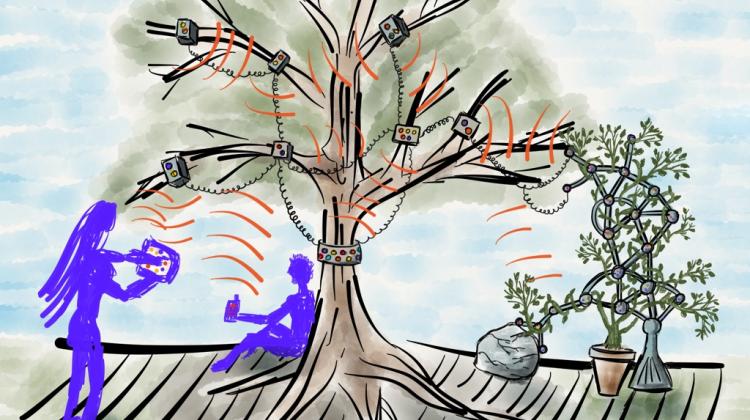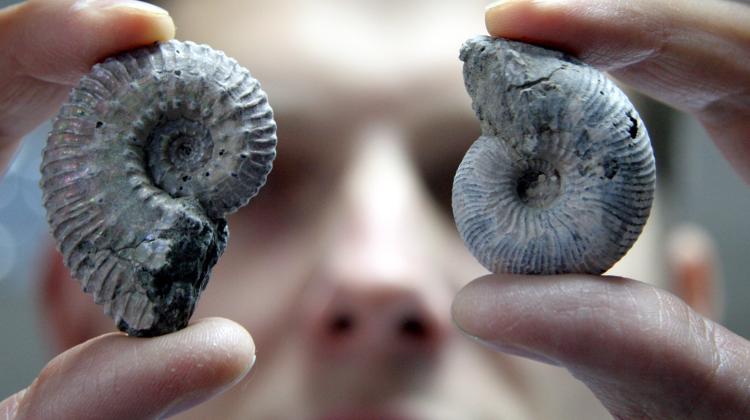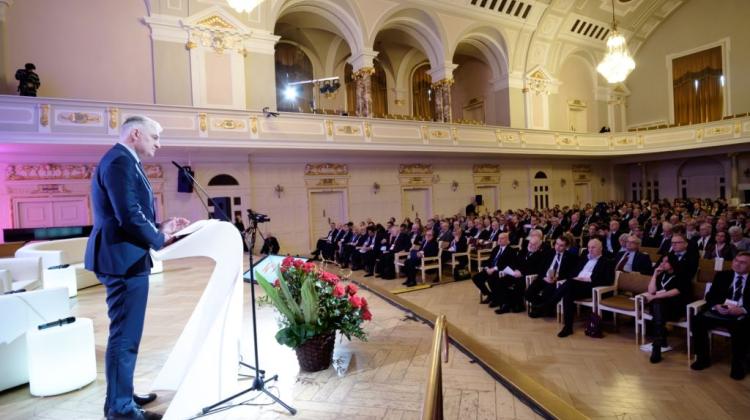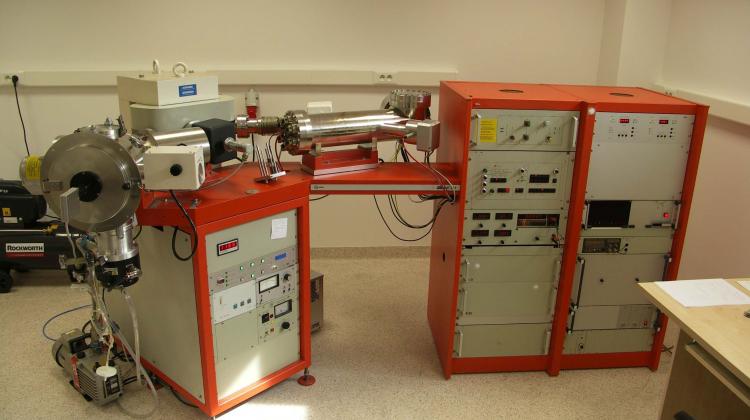Scientists will put robots to work with plants
 PAP © 2015 /
PAP © 2015 /
Tiny robots may assist plants in their growth, and then together with them form parts of so-called living architecture, for example benches formed from living plants or screens masking parts of buildings. It would be a breakthrough in the approach to architecture - told PAP Prof. Przemysław Wojtaszek.
"Our project could be given a trivial name +Gardener plus+, but to us it\'s more about mutual cooperation and bilateral exchange of information between robots and plants" - told PAP Prof. Przemysław Wojtaszek from Adam Mickiewicz University in Poznań.
In the framework of an international consortium, the Poznań university implements the program Flora Robotica. Its outcome is to be a hybrid system consisting of robots and plants.
"The project will be relevant primarily for architecture. Architects see it as a breakthrough in the conceptual approach to architecture. In the classical system, constructing buildings is based on finite elements: brick, concrete with a specific shape that does not change neither in time nor in space. Until now, architecture did not consider using living structures, such as plants, as architectural elements" - explained Prof. Wojtaszek.
If the project is successful, it may result in development of such elements as benches created from living plants, screens obscuring certain elements of buildings or absorbing sounds. "We assume that robots - cooperating with plants - will allow us to regulate and control plants and possibly obtain natural, living architectural elements" - emphasised the researcher.
Before a plant grows to the size allowing it to become an architectural element, robots will help in its development. "First we will try to gather information about how the plant functions. These data will be collected by robots moving within the plant structure, or on its surface. In the next phase - robots exchanging information among themselves will modulate the growth of plants and influence their architecture" - described Prof. Wojtaszek.
Each robot will weigh several dozen grams. Scientists are already working on various sensors that will determine the location of plants in space, and devices using different stimuli to modulate plant growth.
"The idea is that in the early stages of plant development - robots will provide support. On the other hand, when plants are already mature and gain a concrete structure, they will become a +scaffolding+ for robots. At some point we want to be able to introduce man in this system, who thus will become part of the system we call social garden - a point of contact of plants, robots and humans" - described the researcher.
At the moment, scientists are working with annual plants - mostly bean. Later, they will experiment with a group of climbing plants: the ivy, Virginia Creeper and vines. "The next step will be plants that are suitable for creating more stable structures. Here, a good example would be hornbeam - a plant that can be shaped as a tree or shrub" - plans Prof. Wojtaszek.
"For the moment we are more focused on robotic solutions less on studying biological problems. We assume that if we come across an interesting biological problem, we will use classic model plants, Thale and tobacco, to solve it" - said the scientist.
The project carried out by a consortium in which - apart from Adam Mickiewicz University - the following institutions participate: German University of Paderborn, Centre for Information Technology in Architecture at the Royal Danish Academy of Art, IT University of Copenhagen, the German Cybertronic UG, Austrian University of Graz.
The four-year study received funding amounting to 354 thousand euros from Horizon 2020. The value of the entire project implemented by the consortium is approx. 3.6 million euros.
PAP - Science and Scholarship in Poland, Ewelina Krajczyńska
ekr/ agt/ zan/
tr. RL
Przed dodaniem komentarza prosimy o zapoznanie z Regulaminem forum serwisu Nauka w Polsce.


















